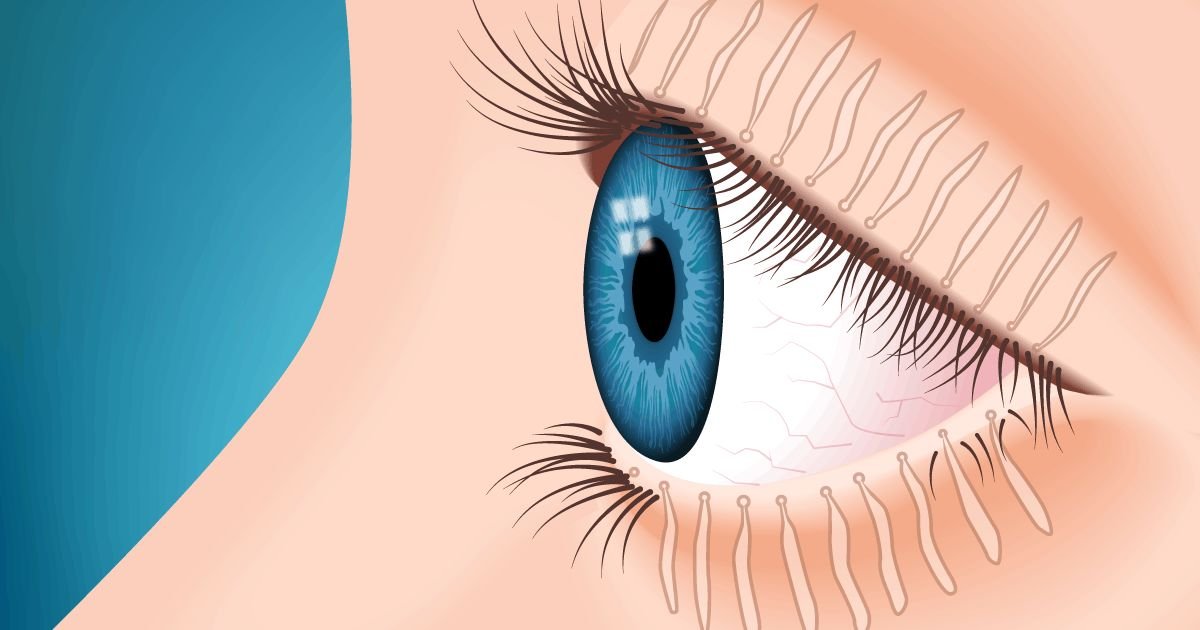
Meibomian Gland Dysfunction
What is Meibomian Gland Dysfunction?
Your Meibomian glands, responsible for the oily part of tears, help prevent the evaporation of the watery part, protecting your eyes. When they don't work well, it's called Meibomian Gland Dysfunction (MGD), a leading cause of Dry Eye. MGD can be present without obvious symptoms, affecting 1 in 5 patients.
How Does Meibomian Gland Dysfunction Cause Dry Eye?
MGD occurs when Meibomian glands in the eyelids are blocked, leading to chronic dry eye. If untreated, the disease can worsen and atrophy over time, causing irritation and inflammation. Contrary to what you might think, dry eyes are often due to a lack of the protective oily layer, not the watery part of tears. In fact, 86% of Dry Eye patients have MGD.
What Does Meibomian Gland Atrophy Look Like?
Your doctor may need to image your meibomian glands to help assess your dry eyes. A Meibomian gland structure ranges anywhere from normal to significant gland loss, depending on whether or not the disease is present and its severity.
Recent research suggests that multiple sessions of Intense Pulsed Light Therapy (IPL) may stimulate regeneration of atrophied meibomian glands.
